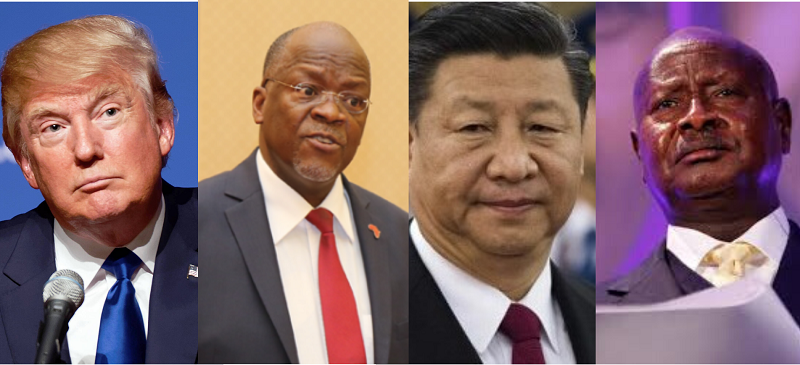Latest: It Takes a Village to Improve Health
February 16
Here’s a novel idea: what if people, normal healthy women and men in developing villages around the globe, jumped in to fill the gap of doctors and nurses? In today’s New York Times Opinionator column, Tina Rosenberg looks at one village in India that trains villagers to do the jobs of doctors and nurses. It’s a success:
The Jamkhed program was founded in 1970 by Raj and Mabelle Arole. Mabelle (who died in 1997) and Raj were first and second in their class respectively at a prestigious Indian medical school. They moved back to Jamkhed, near where Raj was born, a location they chose largely for its desolation. They decided that doctors were not the way to help rural villages. The vast majority of sickness in rural areas could be prevented with clean water, waste-disposal systems and more diverse farming. Villages need to end deadly superstitions about health. They need to end discrimination against women and Untouchables, and to learn about hand-washing, nutrition, breast-feeding and simple home remedies. Doctors do none of these things.
“Rural problems are simple,” Raj Arole told me. “We do not need experts. An array of women like village health workers is enough, properly trained and supported.” The very prestige and distance of doctors worked against them. The Aroles found that lack of education was an advantage for village health workers. They knew how their neighbors lived and thought.
The Jamkhed program has already reduced child deaths by 30 percentand there are other programs doing similar things both in India and around the world. It’s worth following Rosenberg’s column this Saturday to learn where else village health workers are helping provide health wins and saving lives around the world.





